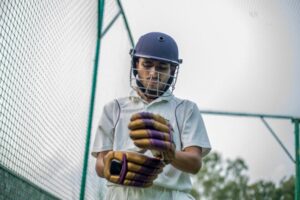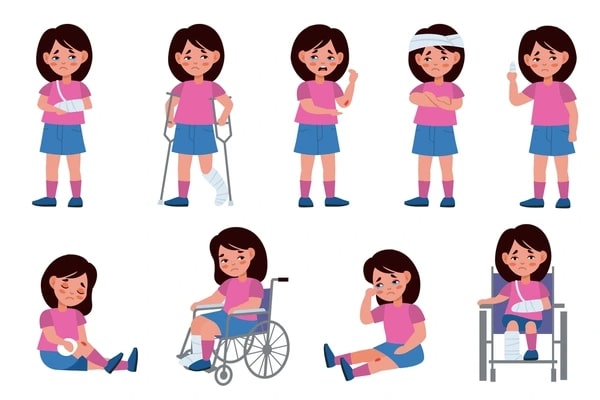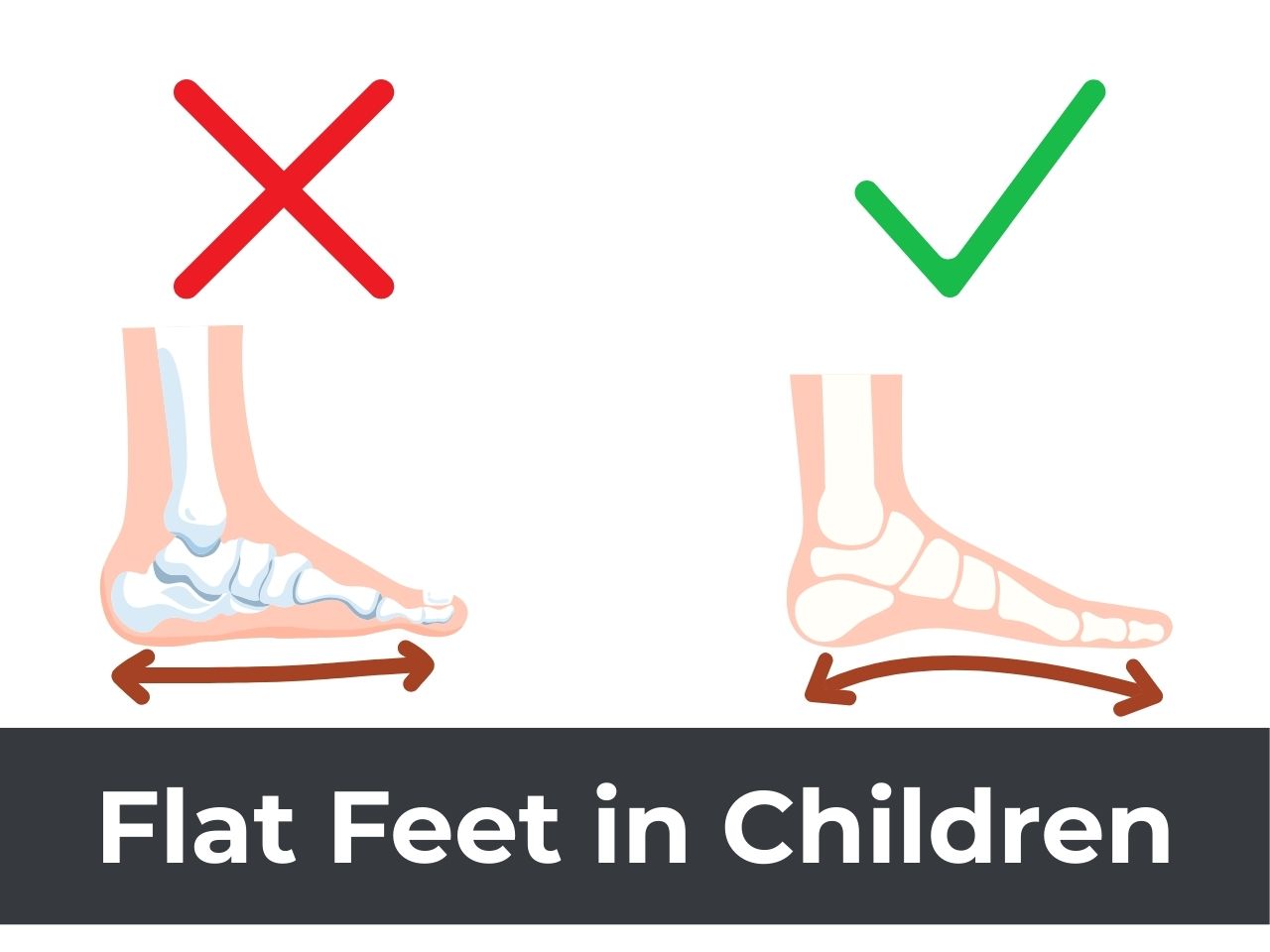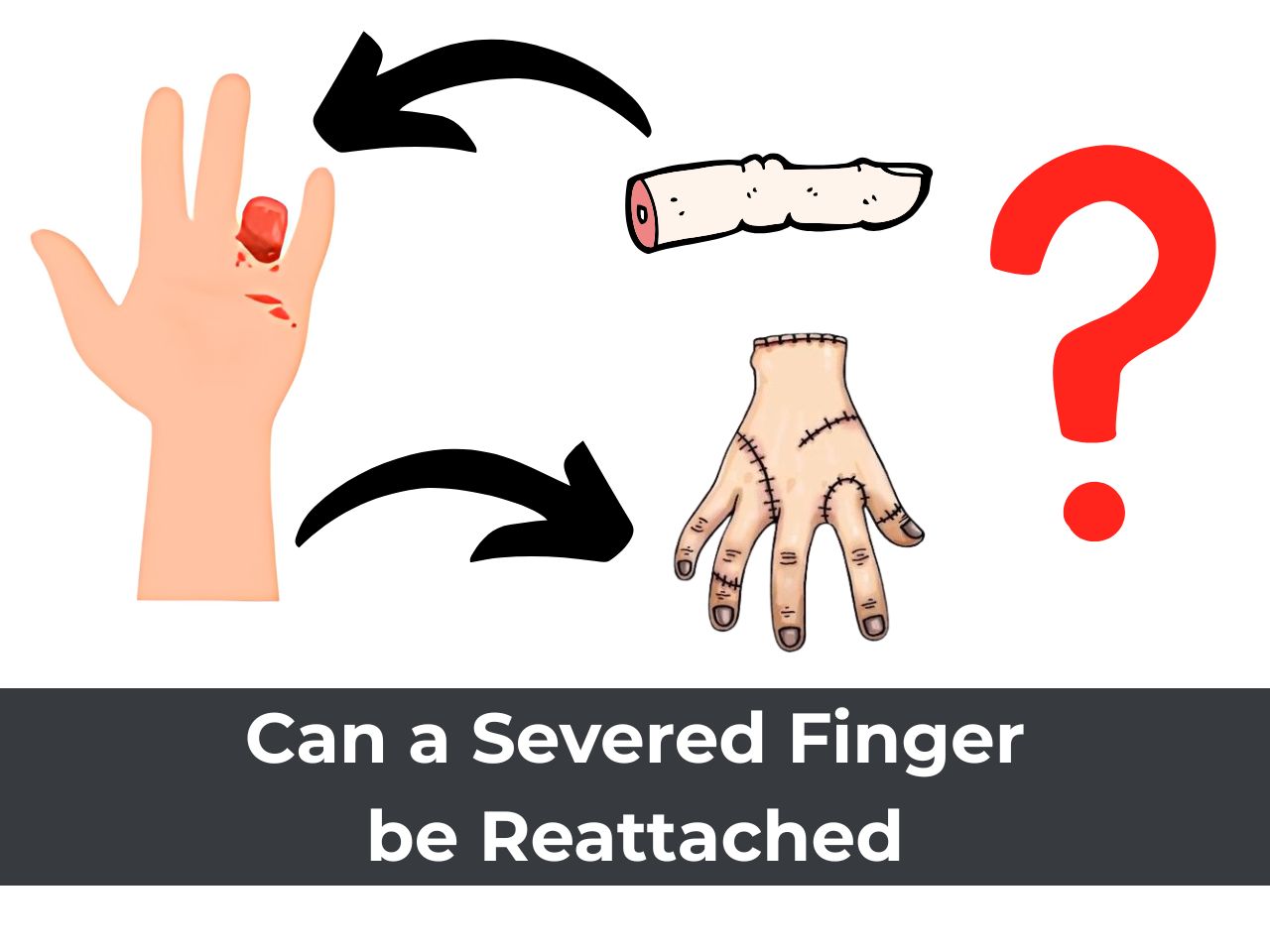Protecting Young Cricketers: Strategies to Prevent Hand Fractures

In the fast-paced world of cricket, young athletes often find themselves facing the risk of hand injuries, including fractures. These injuries can not only hinder their performance on the field but also pose long-term health concerns.
Recognizing the importance of safeguarding the well-being of budding cricketers, it becomes crucial to explore effective strategies for preventing hand fractures.
This article delves into the realm of cricket safety, shedding light on essential measures and equipment to minimize the risk of hand injuries among young players.
Understanding Hand Fractures in Cricket
Hand fractures in cricket can stem from various sources, ranging from impact injuries caused by balls or bats to improper technique and overuse. Statistics reveal the alarming frequency of such injuries among young cricketers, emphasizing the need for proactive prevention strategies.
Beyond immediate pain and discomfort, hand fractures can have lasting consequences, impacting an athlete’s ability to play and potentially jeopardizing their future in the sport.

Why Are Hand Fractures Common in Young Cricketers?
Young cricketers are especially susceptible to hand fractures for a few reasons:
- Developing Bones: Their bones are still growing and strengthening, making them more vulnerable to breaks under impact.
- Hard Cricket Ball: The cricket ball itself is a hard object, and the force it transmits during batting, fielding, and wicket-keeping can cause fractures.
- Technique and Equipment: Improper technique or using ill-fitting equipment can significantly increase the risk of hand injuries.
By understanding these factors, we can take steps to minimize the chances of young cricketers experiencing hand fractures.
Safety Measures to Prevent Hand Fractures
Here are some key safety measures that coaches, parents, and young cricketers themselves can implement:
Proper Technique:
- Coaching is Crucial: Emphasize coaching on correct batting, fielding, and wicket-keeping postures. This helps young players absorb the impact of the ball more effectively.
- Catching Techniques: Focus on proper catching techniques to avoid awkward hand positions upon impact with the ball.
Warm-Up and Cool-Down:
- Dynamic Stretches: Encourage young players to perform dynamic stretches before practice or matches to prepare their muscles. Static stretches should follow after practice or a match to improve flexibility.
- Light Throwing: Light throwing exercises can help warm up the hands and wrists for the demands of the game.
Hydration and Nutrition:
- Staying Hydrated: Proper hydration ensures adequate blood flow to muscles and bones, promoting flexibility and resilience.
- Balanced Diet: A balanced diet rich in calcium and vitamin D is essential for healthy bone development in young cricketers.
Parental Supervision and Awareness:
- Signs and Symptoms: Parents should be aware of the signs and symptoms of hand injuries, such as pain, swelling, bruising, or deformity.
- Communication is Key: Encourage young players to communicate any discomfort they experience during training or matches. Early detection can prevent further injury.
Tips To Avoid injuries in Cricketer-
By following these safety measures, young cricketers can significantly reduce their risk of hand fractures. Additionally, remember:
- Gradual Progression: Gradually increase practice intensity and match duration to allow young bodies to adapt to the physical demands of the sport. Avoid overtraining, which can lead to fatigue and increase the risk of injury.
- Rest and Recovery: Schedule adequate rest periods between practices and matches to allow for muscle and bone recovery. Encourage young players to listen to their bodies and take breaks when needed.
Treatment Options for Hand Injuries
In the unfortunate event of a hand injury, timely and appropriate treatment is essential. Immobilization, physiotherapy, and, in severe cases, surgical intervention may be warranted.
Pinnacle Orthocentre Hospital, with its expertise in hand injury treatment and skilled hand surgeons in Thane, offers comprehensive care to young cricketers, ensuring a swift return to the game.
Conclusion
In conclusion, safeguarding young cricketers from hand fractures requires a multifaceted approach encompassing proper technique, protective gear, and proactive injury prevention measures.
By prioritizing safety and equipping players with the necessary knowledge and resources, we can foster a culture of well-being and longevity in cricket.
Together, let us champion the health and resilience of our aspiring athletes, empowering them to excel on the field while minimizing the risk of hand injuries.






0 Comments